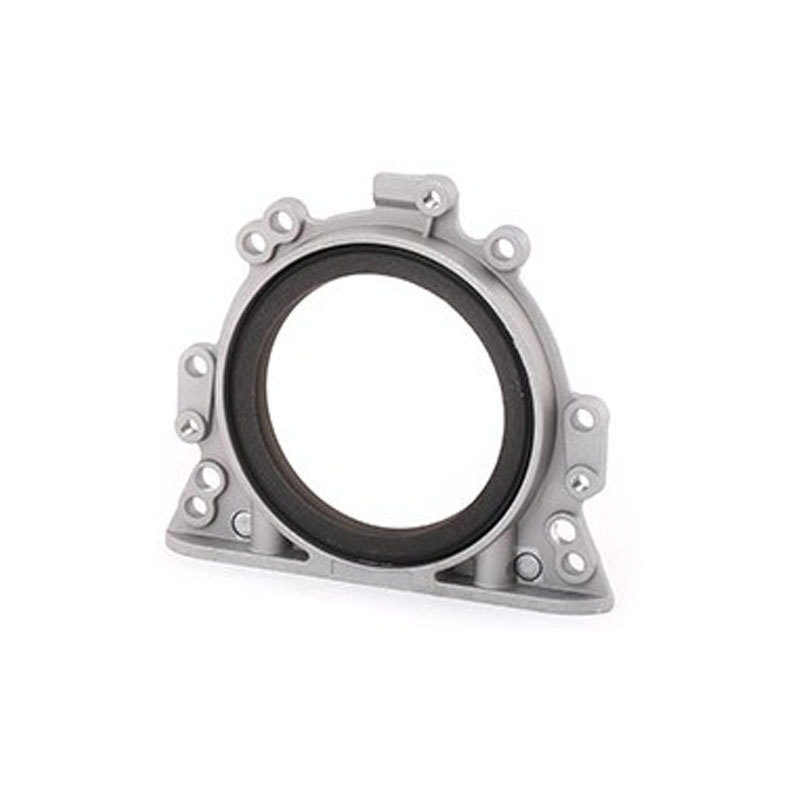Understanding Transmission Pump Seals and Their Importance in Vehicle Performance
Understanding Transmission Pump Seals Importance and Maintenance
In the world of automotive engineering and machinery, transmission systems play a crucial role in the overall functioning of vehicles. These systems are responsible for transferring power from the engine to the wheels, ensuring that the vehicle operates smoothly. One of the essential components within this intricate system is the transmission pump seal. This small yet vital part helps maintain the integrity and efficiency of the transmission fluid, which is critical for the proper functioning of the entire system.
What is a Transmission Pump Seal?
The transmission pump seal is a component that prevents fluid leaks from the transmission pump. It creates a barrier that ensures the transmission fluid remains contained within the system, allowing for optimal pressure and lubrication. The seal is typically made from durable materials like rubber or specialized polymers that can withstand the high temperatures and pressures found within a vehicle’s transmission.
Importance of Transmission Pump Seals
1. Fluid Retention The primary function of the transmission pump seal is to retain the transmission fluid. Fluid loss can lead to inadequate lubrication, resulting in increased friction and wear on the transmission components. This can ultimately result in transmission failure and the need for costly repairs.
2. Pressure Maintenance Proper fluid pressure is essential for the efficient operation of the transmission. A faulty seal can lead to a drop in pressure, affecting shifting performance and response times. This may result in sluggish acceleration, overheating, or erratic shifting behaviors.
3. Protection Against Contaminants Transmission fluid is susceptible to contamination over time. A good quality seal not only retains fluid but also helps keep dirt and debris out of the system, ensuring that the fluid remains clean and effective at lubricating the internal components.
Signs of a Failing Transmission Pump Seal
Recognizing the early signs of a failing transmission pump seal can save vehicle owners from severe damage and costly repairs. Some common symptoms include
transmission pump seal

- Fluid Leaks One of the most noticeable signs is the presence of transmission fluid leaks under the vehicle
. If you notice reddish or brown fluid pooling beneath your car, it may indicate a failing seal.- Transmission Slippage If the vehicle experiences difficulties in shifting gears or feels like it’s slipping out of gear, this could be a sign of low fluid levels due to leaks from a damaged seal.
- Overheating A drop in fluid levels can lead to overheating of the transmission. If the transmission runs hot, it can cause significant damage over time.
Maintenance Tips
Proper maintenance can prolong the life of transmission pump seals and ensure the reliability of the transmission system. Here are some tips
1. Regular Fluid Checks Regularly check the transmission fluid levels and condition. If the fluid appears dirty or has a burnt smell, it may need to be replaced.
2. Leak Inspection Periodically inspect for any signs of leaks around the transmission and transmission pump area. Addressing leaks promptly can mitigate extensive damage.
3. Professional Servicing Have the transmission inspected and serviced by a professional mechanic if any issues arise. This can include seal replacements or fluid changes, which are crucial for preserving the integrity of the system.
Conclusion
The transmission pump seal may be a small component, but its role in the overall functionality of a vehicle's transmission system is paramount. Understanding its importance, recognizing potential failure signs, and conducting regular maintenance can help ensure the smooth operation of your vehicle. By taking care of the transmission pump seal, vehicle owners can avoid costly repairs and extend the life of their transmission systems.
-
Simplifying Oil Changes: A Comprehensive Guide to Oil Drain Plugs and Their Variants
News Aug.04,2025
-
Mastering Oil Drain Maintenance: Solutions for Stripped, Worn, and Upgraded Oil Plugs
News Aug.04,2025
-
Fixing Oil Pan Plug Issues: Leaks, Stripped Nuts, and the Right Replacement Solutions
News Aug.04,2025
-
Everything You Need to Know About Oil Drain Plugs: Sizes, Fixes, and Upgrades
News Aug.04,2025
-
Choosing the Right Oil Drain Plug: A Guide to Sizes, Materials, and Drain Innovations
News Aug.04,2025
-
A Complete Guide to Automotive Drain Plugs: Types, Problems, and Innovative Solutions
News Aug.04,2025
-
The Ultimate Guide to Car Repair Kits: Tools and Essentials Every Driver Should Own
News Aug.01,2025
Products categories















